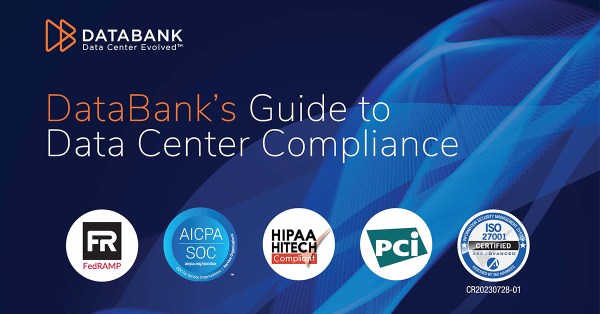Data centers serving banks generally store and process significant volumes of both personal data and financial data. It is therefore essential for them to achieve and maintain the very highest standards of security. In fact, they are role models for how to implement effective security, including effective cybersecurity.
With that in mind, here is a quick guide to what you need to know about how data centers serving banks keep their data secure.
Cybersecurity measures for data centers serving banks
Fundamentally, cybersecurity is based on access control. In the case of cybersecurity measures for data centers serving banks, this access control has to be implemented on a zero-trust basis.
In other words, access to any resource should only be given to anyone when there is a clear business case for doing so. Furthermore, the extent of that access should be just enough for the person to fulfill their job role. For example, if a person only needs to read data, then they should have read-only access, not read-write access or admin access.
Moreover, access to resources should be managed at as granular a level as possible. It should also be complemented by robust authentication procedures. Biometric authentication is becoming increasingly popular.
The convergence of digital and physical security
It has long been recognized that effective digital security depends on effective physical security. Now, however, the distinction between physical and digital security is becoming increasingly blurry.
For example, physical perimeter barriers need to have access points for people to cross them on legitimate business. These access points are now very likely to depend on digital controls such as swipe cards, pins, or biometric readers.
Compliance standards for data centers serving banks
The three most relevant compliance standards for data centers serving banks are PCI DSS. GDPR and GLBA. Here is a brief overview of each of these standards.
PCI DSS (Payment Card Industry Data Security Standard)
PCI DSS is a set of security standards designed to ensure the safe handling of sensitive payment card data. It applies to all organizations that store, process, or transmit cardholder data, including banks.
Compliance with PCI DSS involves implementing measures such as encryption, access controls, network security, and regular testing to protect cardholder information and prevent data breaches.
GDPR (General Data Protection Regulation)
GDPR is a comprehensive data protection regulation enforced by the European Union (EU). It applies to banks that handle the personal data of EU residents, regardless of the bank’s location. GDPR mandates strict requirements for the processing, storage, and protection of personal data, including customer information.
Compliance involves obtaining explicit consent for data processing, implementing security measures to safeguard data, appointing a Data Protection Officer (DPO), and reporting data breaches within specified timeframes.
GLBA (Gramm-Leach-Bliley Act)
GLBA is a U.S. federal law that requires financial institutions, including banks, to safeguard the privacy and security of customers’ nonpublic personal information.
Compliance with GLBA involves developing and implementing privacy policies, providing customers with annual privacy notices, and implementing security measures to protect sensitive customer data from unauthorized access or disclosure.
Risk management best practices for data centers serving banks
While compliance programs lay down specific rules, effective cybersecurity as a whole generally requires a broader approach to risk management. Here is a brief overview of the five key risk management best practices for data centers serving banks.
Regular vulnerability assessments and penetration testing
Conducting regular vulnerability assessments and penetration testing helps identify potential weaknesses in the data center’s infrastructure and applications. These tests simulate real-world attack scenarios to uncover vulnerabilities that could be exploited by malicious actors.
Multi-layered security controls
Deploying a multi-layered security approach involves implementing multiple security controls at different levels of the data center architecture. This includes physical security measures such as access controls, surveillance systems, and biometric authentication, as well as logical security controls such as firewalls, intrusion detection systems (IDS), and endpoint protection.
Data encryption across the network and storage
Utilizing strong encryption algorithms ensures that even if data is intercepted or compromised, it remains unreadable and unusable to unauthorized parties. Implementing encryption mechanisms for data at rest and in transit helps mitigate the risk of data breaches. For encryption to be effective, however, it needs to be complemented by robust key management.
Continuous monitoring and incident response
Continuous monitoring of data center operations allows banks to detect and respond to security incidents in real time. By deploying advanced monitoring tools and security information and event management (SIEM) systems, banks can track network traffic, system logs, and user activities for signs of suspicious behavior or potential security breaches.
Disaster recovery planning
Developing and testing disaster recovery plans helps ensure the timely restoration of services and data in the event of a disruption. This minimizes downtime and mitigates financial and reputational risks. These plans should include comprehensive backup and recovery strategies.







